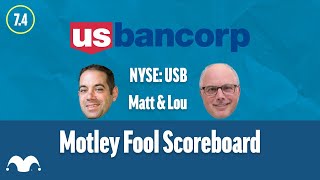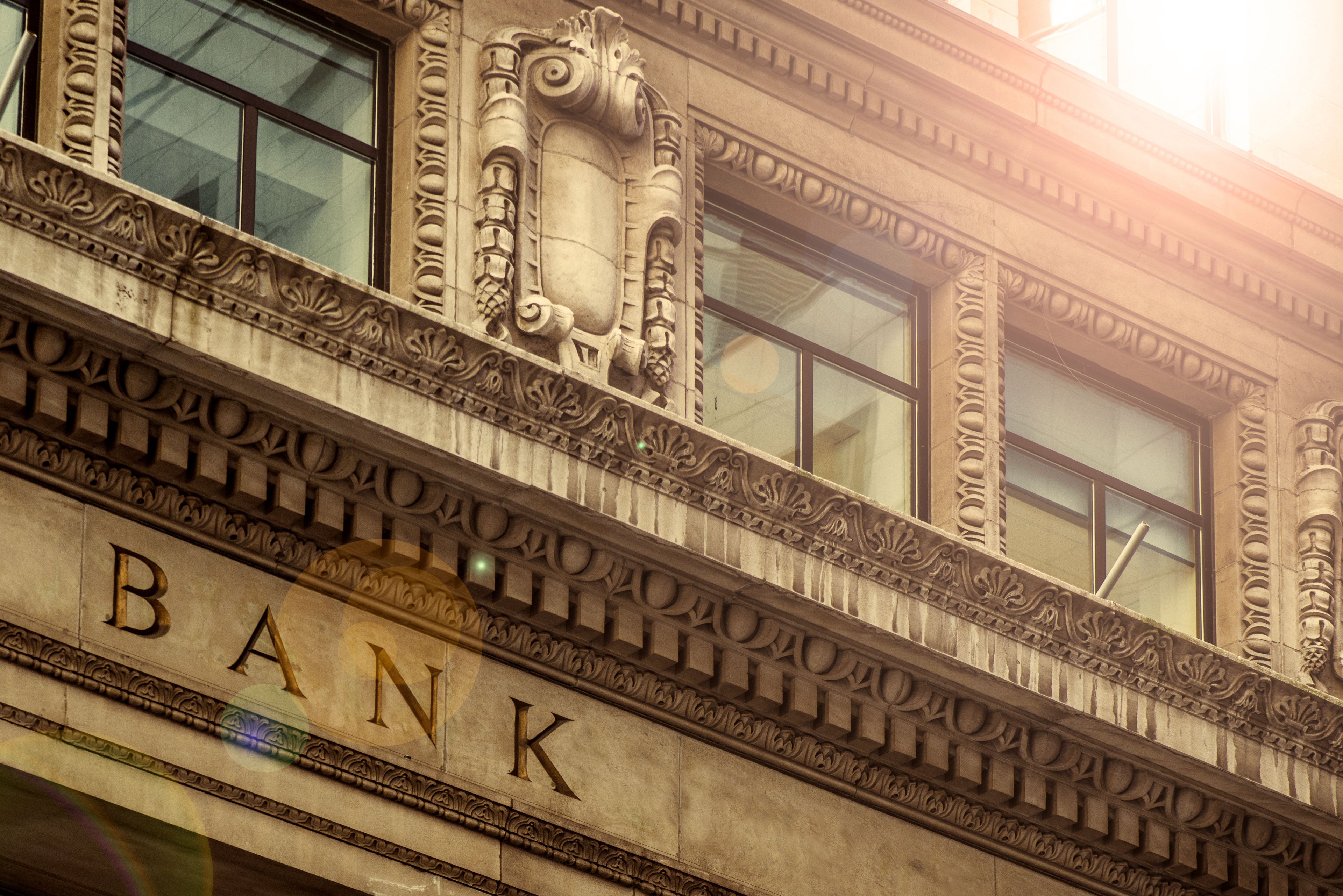
The U.S. Bancorp Tower in Portland, Ore.
In a note to clients emailed on Friday, Richard Bove of Rafferty Capital Markets took issue with the amount of money that U.S. Bancorp (USB 0.69%) spends on stock buybacks. I respect Bove, but think he's wrong on this count.
Here's the gist of Bove's argument:
One might argue, as I do, that the bank has made a big bet on buying back stock and increasing its dividend with its cash flows to maintain its stock price rather than investing its profits into its businesses.
[But] this company needs to redirect its attention away from its stock and toward its business. Moreover, it is possible that the bank may need to bring some innovation into its thought process. It may have to jettison some divisions and invest more heavily in others.
Bottom line it needs to shake up its organization no matter what happens to the stock. It needs to stop buying back stock.
Bove is right when he argued (at a different point in the note) that U.S. Bancorp pays a pretty penny to repurchase shares. The Minneapolis-based bank's stock currently trades for an 84% premium to book value -- one of the highest in the industry. Because this exceeds its 15% return on equity, there's a certain amount of value destruction going on here, as I've explained elsewhere.
But Bove is wrong to conclude that U.S. Bancorp should thus stop buying back stock, and instead plow the money into operations.
As a preliminary matter, it's worth noting that U.S. Bancorp is one of the most innovative banks in the country. Take this recent profile from American Banker magazine:
In the past year, no bank in the country has innovated in mobile banking as much as U.S. Bank. It was one of the first out of the gate with mobile photo bill payments, in March 2013, and late last year it launched an app that allows consumers to apply for a balance transfer to a U.S. Bank credit card simply by taking a picture of a credit card statement. Its pilots of voice biometrics for customer authentication and voice-activated mobile banking are among the first. And a unique app the bank launched this year called Peri is one of the few bank offerings to offer a plausible take on mobile commerce.
It's for these reasons (and presumably others) that U.S. Bancorp's Niti Badarinath, head of mobile banking and digital money movement, was named "Digital Banker of the Year" by American Banker. It's also why the bank's chief innovation officer, Dominic Venturo, was named "Mobile Banker of the Year" by the industry publication in 2011.
In short, U.S. Bancorp has long been at the front of the pack when it comes to investing in innovation. Ignoring this, as Bove does, doesn't do the facts justice.
Even more importantly, however, U.S. Bancorp doesn't buy back an inordinate amount of stock. As you can see in the chart below, the $419 billion bank allocates its earnings roughly evenly between buybacks, dividends, and retained earnings. Over the last 12 months, it retained 37% of its net income, distributed 30% to shareholders by way of dividends, and used the remaining 33% to repurchase stock.

This is textbook capital allocation. It'd be ideal, of course, if U.S. Bancorp could buy back its stock at a price that's closer to book value per share as opposed to at a substantial premium. But that simply isn't possible given the competing demands of regulators and shareholders.
If U.S. Bancorp were to stop repurchasing stock and instead retain that portion of its earnings to invest more heavily in innovation, as Bove urges, then its capital account would swell. And because capital (a.k.a. equity) is the denominator in the return on equity calculation, this would translate into lower profitability. That, in turn, would elicit criticism from shareholders (and analysts like Bove), who have long loved U.S. Bancorp because it's one of the most profitable lenders in the country.
Alternatively, U.S. Bancorp could increase its dividend in lieu of buybacks. But there are issues here as well. Namely, the Federal Reserve, the primary regulator of bank holding companies, has previously discouraged systematically important banks -- those with at least $50 billion in assets on their balance sheets -- from paying out more than a third of their earnings to shareholders. The Fed does so because dividends can't be cut in difficult times without raising the alarm of institutional investors, who provide a critical source of funding for banks.
Consequently, while allocating a third of its earnings to buying back stock at a substantial premium to book value may not be ideal in a theoretical sense, on a practical basis it's precisely what U.S. Bancorp should be doing. As Yogi Berra would say, "In theory, there's no difference between theory and practice, but in practice there is."






